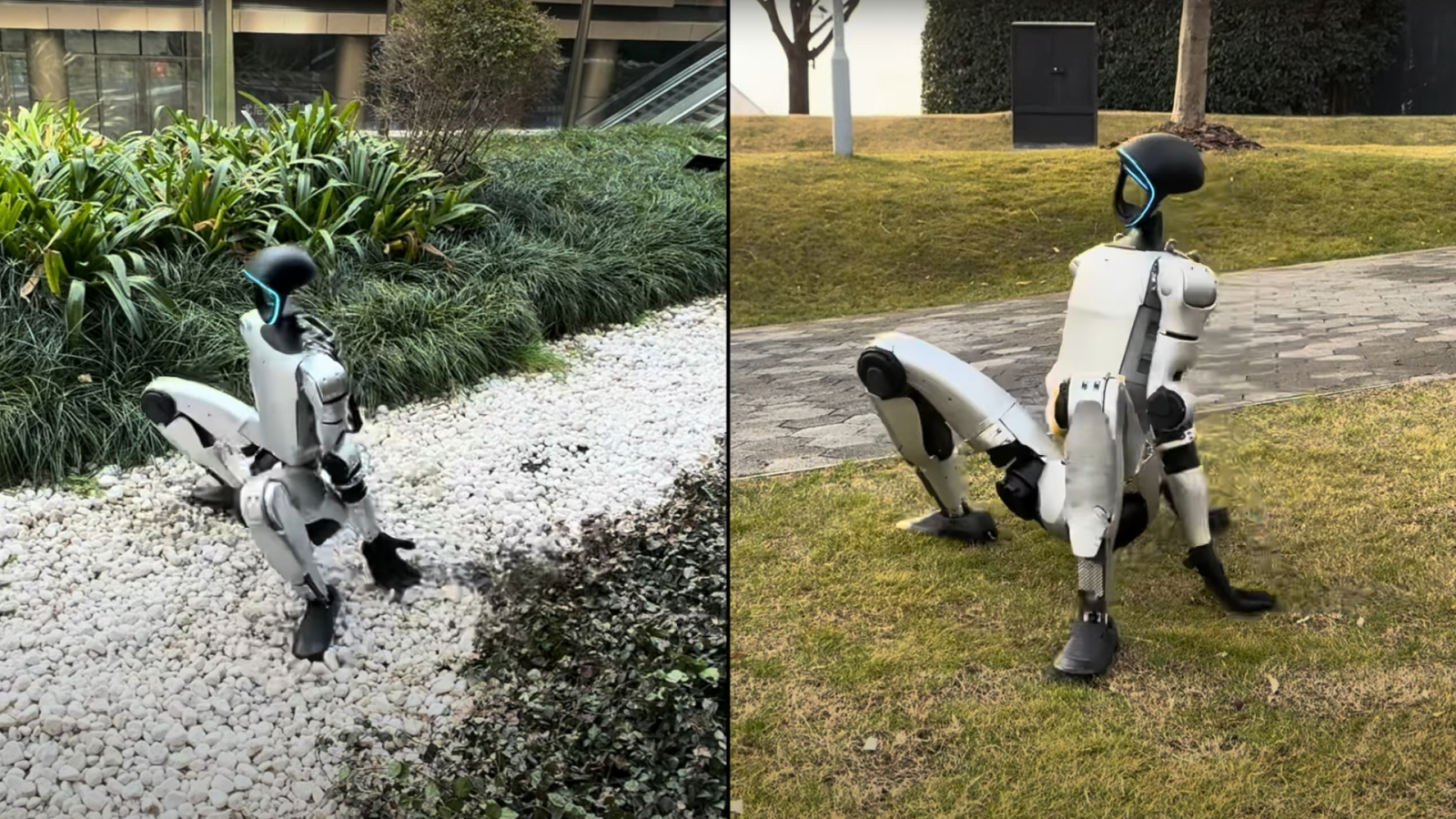When you buy through connectedness on our site , we may earn an affiliate committee . Here ’s how it work .
fresh high - speed videos show squirrels do daring , parkour - similar stunts — all in pursual of peanut .
In a new study , bring out Thursday ( Aug. 5 ) in the journalScience , researcher at the University of California , Berkeley test the lightsomeness of foxsquirrels(Sciurus niger ) on the university campus . Their destination was to instruct how the squirrel manoeuver through the tree canopy , take a hop between branches of different sizes while systematically sticking the landing place .

To recruit their shaggy - tailed study topic , the enquiry team ventured into their campus eucalyptus tree grove armed with peanut and a squirrel - size apparatus with fixtures for the animals to climb over . The apparatus could be fit with different rods , meant to simulate tree branches , for the squirrel to leap from . On the other end of the apparatus was a landing perch with an enticing cup of peanuts stuck to its end . The squirrels chop-chop find out to leap from the rod to the landing perch in parliamentary law to reach the peanuts , and the researchers adjusted the space between the rod and the pole , to give the rodent a challenge .
Related:10 amazing things you did n’t know about animals
When face with rods of varying bendiness and gaps of different width , the squirrels rapidly adapted their leaping strategy , the team found . " When they jump off across a gap , they decide where to take off found on a tradeoff between branch flexibleness and the size of the gap they must jump off , " first author Nathaniel Hunt , who was a doctorial educatee at Berkeley during the study , enounce in astatement . ( Hunt is now an assistant professor of biomechanics at the University of Nebraska , Omaha . )

For instance , when launching from a comparatively crocked pole , the squirrel pop out their bound nigher to the ending of the rod cell , to minimize their jump space to the peanuts . But when plunge from a bendy perch that curved under their weight , the squirrels lead off their leap rather , presumably to take off from the sturdiest degree on the " branch " and reduce the bend motion .
— Survival of the grossest : 8 disgusting animal behavior
— Animal camouflage : Can you find the animate being hiding out in these images ?

— Cats and lizards and monkeys , oh my ! 9 islands ruled by animals
When leaping across a wide gap , the squirrels sometimes under- or overshoot their jumps , but none ever fall , the authors note in their report . " If they miss , they do n’t strike their center of people right on the landing perch ; they ’re amazing at being able to grab onto it , " Hunt said in the affirmation . " They ’ll drop underneath ; they ’ll drop over the top . They just do n’t fall . "
But when faced with a really vast disruption — measuring roughly three to five squirrels long — the rodents charter an " unexpected " approach , the authors wrote . The squirrels used the back of the mounting apparatus — a matte , vertical wall — to execute an telling parkour move , wherein they take a hop off the wall and quickly reorient their body to bring squarely on the monkey nut perch .

Not only does the new study play up the remarkable strenuosity of squirrels , but someday , the data point could be used to project nimble robots , according to the program line . Several authors on the newspaper belong to a syndicate funded by the U.S. Army Research Office , and their collective goal is to create the man ’s first robot with squirrel - similar capabilities . Such a robot would be able-bodied to make disconnected - second judgments to move nimbly through its environment — just like a squirrel does as it leaps across tree diagram ramification .
earlier published on Live Science .














